And, why you should be excited about self-driving cars.
I don’t want to scare you, but this stat really scared me: Every 8 minutes, Uber receives a complaint of a sexual assault, threat, or harassment in its cars, according to the New York Times. Now, this is a global number and not completely current — but some of the scariest stories are taking place right here in the US, and complaints still continue.
Recently, I found myself thinking about the New York Times investigation as I set out to spend the day driving around Austin in driverless taxis — the Tesla Robotaxi primarily, but also the Waymo driverless Ubers.
I also found myself thinking about Cruise. I “cruised” around Austin quite a few times, but the traffic catastrophes and accidents—some fatal—ended its existence. I also thought about the lawsuits resulting from the use of Tesla’s Autopilot and Full Self-Driving (or FSD), the system that enables the new Robotaxi. Many say that FSD isn’t ready for use on public roads. Would the Robotaxi’s system be safe?
And will I be any safer in one type of self-driving rideshare versus the other?
This story is 100% human-researched and written based on actual first-person knowledge, extensive experience, and expertise on the subject of cars and trucks.
Just Getting Access to the Tesla Robotaxi Is a Chore
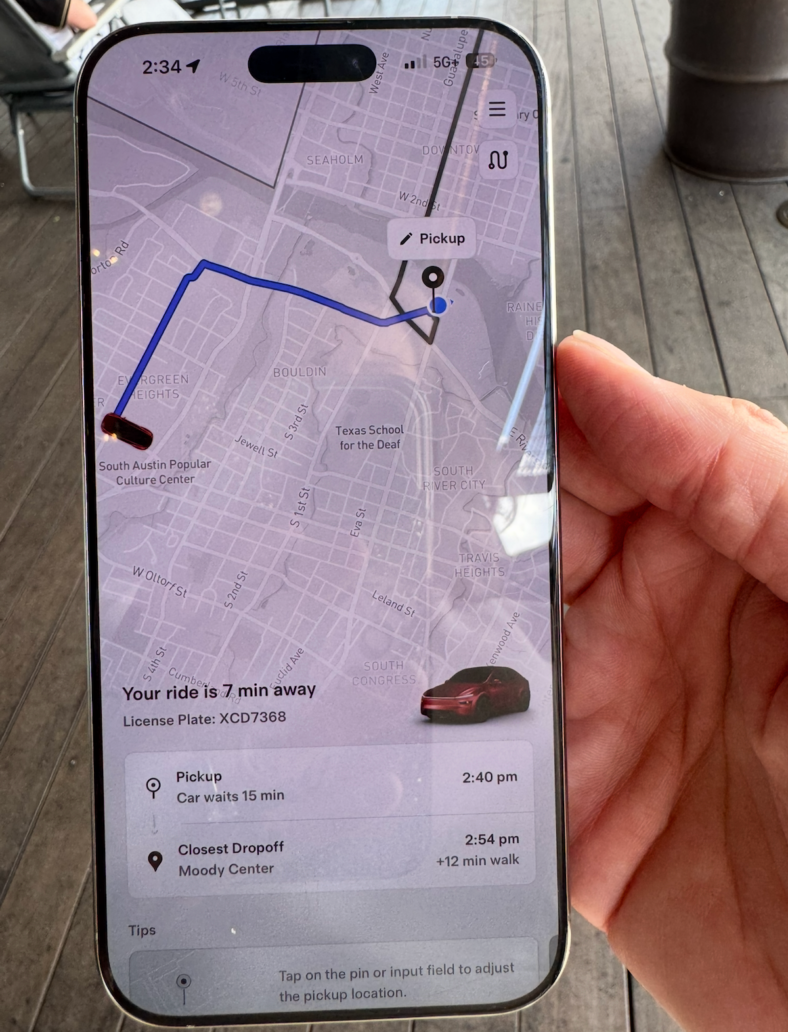
My friend Kyle Conner invited me for a day of Robotaxi rides around Austin after he received a highly coveted invitation from Tesla to try out Robotaxi rides during its beta test. I was glad to ride with him, as he’s quite the expert on all things EV and car-related tech. If he trusts the Robotaxi to deliver a safe ride, then I feel pretty good about it, too.
Still, it’s odd to ride in a car without a driver.
Once he activated the invitation in his Tesla app, he was able to request a ride. However, because there are not many Robotaxis on the road yet, we typically had to wait 10 minutes or more for a Robotaxi to take our request.
Read: Riding Through Austin in a Cruise Driverless Taxi: I Had Questions
What It’s Like to Ride in a Robotaxi
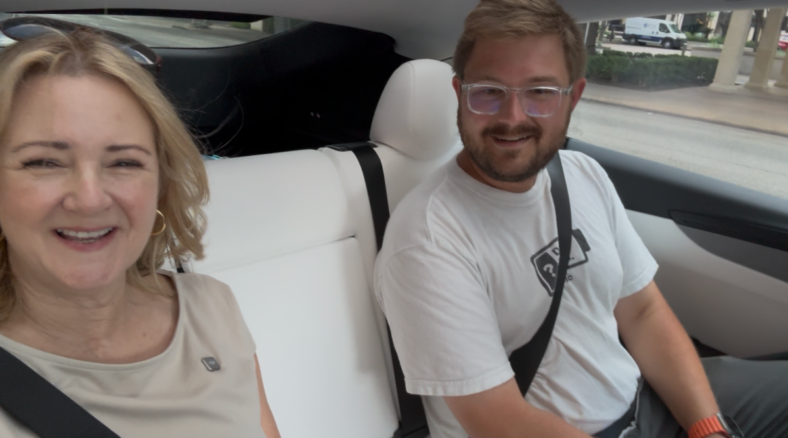
The Robotaxis on the streets of Austin are not the shiny rose gold coupes that were shown at the debut. Instead, they are brand-new Tesla Ys with front light bars, panoramic sunroofs, and white interiors. These interiors are beautiful, light-filled, and boutique-feeling. Not surprisingly, the interior of every Robotaxi we took was pristine; Tesla cleans them often, so the cabin feels more like a brand-new car than a taxi, which can have a huge ick factor. (I found Cruise self-driving rideshare to be similar; their Chevy Bolts were pristine).
Because the Robotaxis are still in the beta testing stage, each car comes equipped with a human safety monitor. Robotaxi rules say we are not supposed to talk to the safety monitors—ask questions or make small talk—but if we needed information or had questions, we could ask the Support Desk.
Humans somewhere in the ethernet are on hand to offer support when needed; they can listen into the cars and view via video if they need to. For me, this is a comforting feature. Say someone sneaks into your Robotaxi with you and you can’t get out in time? You can easily and quickly get help. Tap the support button on the rear screen for help if you need it.
Read: Super Cruise, Blue Cruise and More: Hands-Free Driving Systems Mean More Safety, Less Stress On the Road
Getting Started on the Ride: How the Process Works
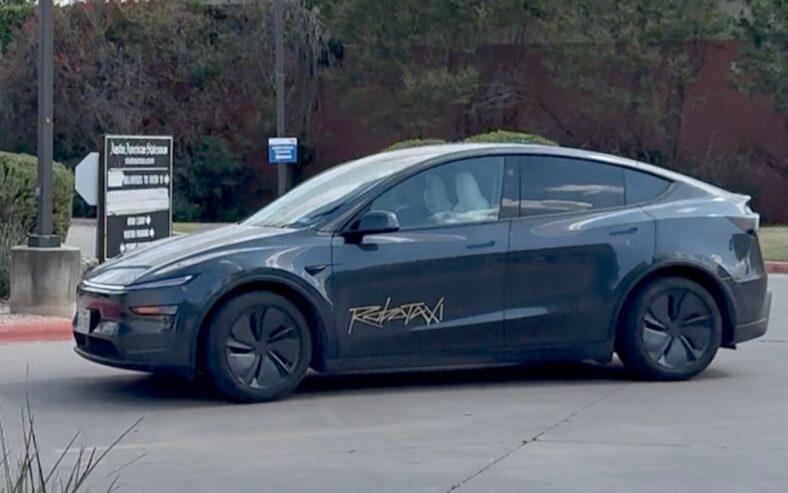
Once our Robotaxi arrived, Kyle tapped ‘open trunk’ on his app to put his backpack in the cargo area. The trunk opened as we approached, while the car waited patiently for us. Right now, Tesla Robotaxis will wait 15 minutes for you to arrive; oftentimes, self-driving rideshares have to pull into a parking lot or valet area that may be across the street or down the block from your location because they have to pre-select a location that is completely safe for passengers to get in and out of the car.
Like Waymo, if you can see the pickup location on the app, and if it’s not ideal, you can move it by dragging and dropping a pin on the map, just like the Uber app. I appreciate that feature quite a bit.
Once we got into the car, the system prompted us to buckle up and tap the “start ride” prompt on the rear screen.
Read: Why I Bought a Tesla Model Y
This Was Cool, And My Favorite Detail: Robotaxi Connects Your Phone to the Car
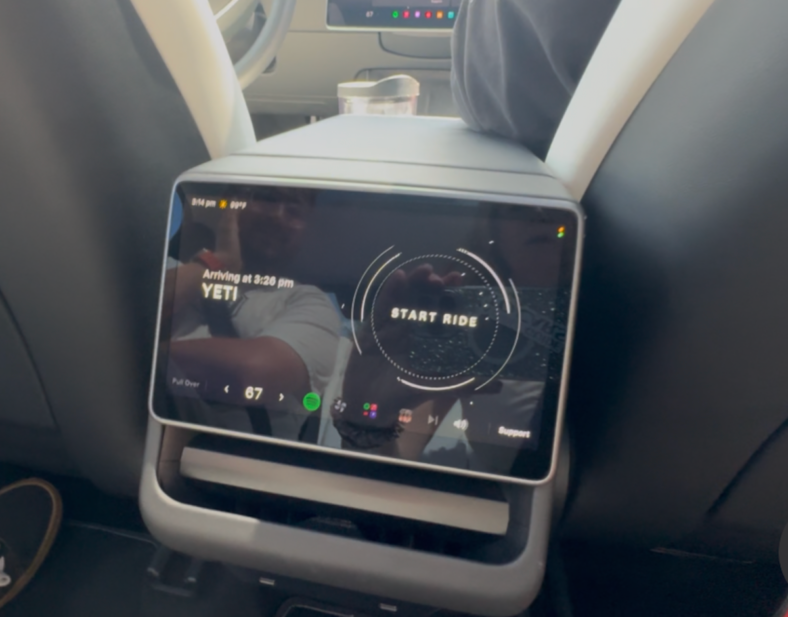
And then I noticed something sort of odd and interesting. The driver’s seat was pushed most of the way forward; the AC was blasting (it was 100 degrees that day), and Kyle’s apps populated the bottom of the rear seat navigation screen.
Turns out, Kyle had asked that the driver’s seat move forward to give him more legroom on his first Robotaxi ride that day; then every car he got into the rest of the day had the driver’s seat in the same position!
Since the Robotaxi was connected to his Tesla app, it could seamlessly display his apps on the screen. I thought this was one of the coolest features in the Robotaxi.
Robotaxi Provided a Comfortable Ride Around Austin
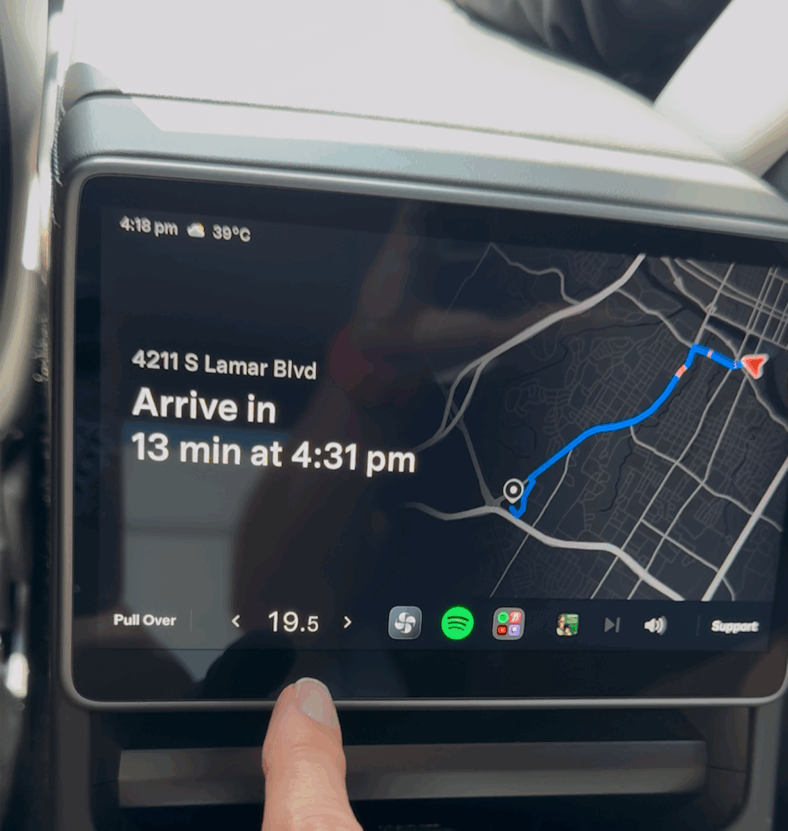
Once our belts were buckled, the Robotaxi began our ride, smoothly and easily navigating through busy downtown Austin, changing lanes to get out of a bus lane, and steering safely through a construction zone. The ride was really comfortable, and each route was simple and direct — something that self-driving rideshare doesn’t always get right because they have to align their drop-off points with a lot of other data, including pre-selected passenger loading locations.
I appreciated the calm feel in the cabin, thanks in part to the lack of screens: there are only two. A large center screen on the front dash displays your current route and the traffic around you, including pedestrians and bicyclists, and a smaller screen in the rear seat.
Screens Allow You To Understand Your Ride and Get Help If You Need it
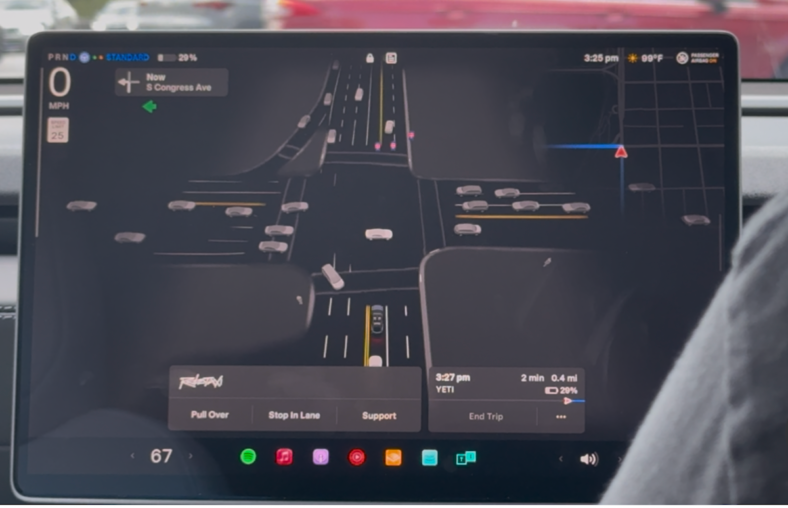
The small rear seat screen displays your route, your estimated arrival time, and your phone’s apps, so you can add music to your ride, answer messages, and the like. It is also where you’ll find two help options: Support, which will connect you with a human, and Pull Over, which you can use for emergencies. When we tapped it, a support desk person came online and asked if we were having an emergency; she said if we wanted to change our drop-off, to do it on the app, not the screen.
I appreciated being able to see everything on the large front screen; it lets you see what the car is seeing, preparing for, or reacting to. Even though it’s camera-based, the system seems to be able to see around corners and see things I could not, which was comforting.
How the Robotaxi Drives Itself: Full Self-Driving Plus
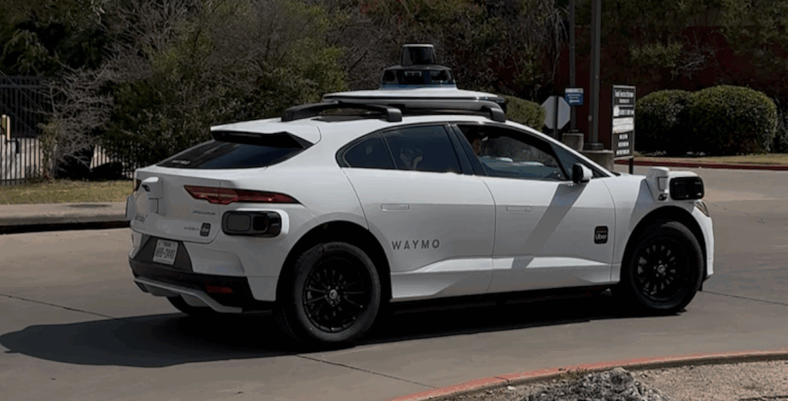
The big question, though is: are these cars safe? Do they get it right, and how?
In my experience, the Robotaxi rides were flawless, though Kyle and his pal Coleton did experience the car getting stuck in a navigation loop, which is a common mistake for self-driving cars these days. Once they realized what was happening, they called for support and reported it; the support person made adjustments that Kyle believed might have been a remote takeover of the car to set the Robotaxi on the proper course. They never felt like the car was unsafe, misidentifying signs or other vehicles, or ignoring the rules of the road.
This is actually pretty remarkable since Robotaxis function using only cameras, while other self-driving rideshare systems like Waymo use lidar and radar, which you can see on the outside of their cars.
All of them, however, map the roads they drive, communicate with other cars on the road, and only function inside a geo-fenced area. Waymo’s service area encompasses downtown Austin and surrounding areas. I’d show you Tesla’s service area map, but we’re a family site, and frankly, its design is childish and offensive. You can see them both here. (The first time I saw the Robotaxi map, I thought it was a joke, but no.)
Kyle, who uses FSD in his personal Tesla, felt like the system in the Robotaxi was more advanced than the consumer version. Of course, it’s not the same; the commercial version requires a driver behind the wheel for one thing. He thought the Robotaxi was sharper, more responsive, and more attuned to everything on the road.
What Does Robotaxi Cost, and How Does it Compare to Waymo?
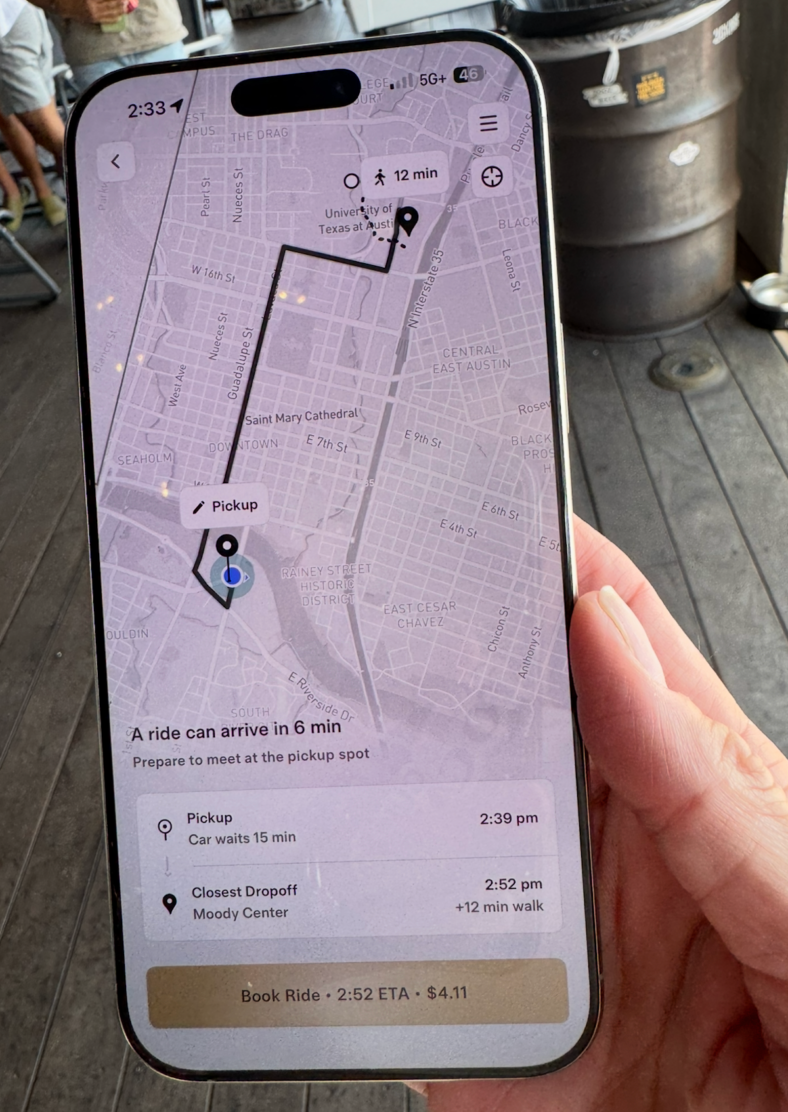
Our Robotaxi fares were pretty low throughout the day: never more than $10. Most rides were in the $4-$5 range. Comparatively, the Waymo Uber fare was $11-$20 to go the same distance.
This is because Waymo is priced the same as a driver-supported Uber, so as not to undercut the market. Tesla clearly doesn’t mind undercutting the market and probably will until the company has a clear advantage; even though they are not paying retail for their cars, they are not free, nor are the software updates and the support desk.
Robotaxi (or Waymo), Or Human-Driven Rideshare?
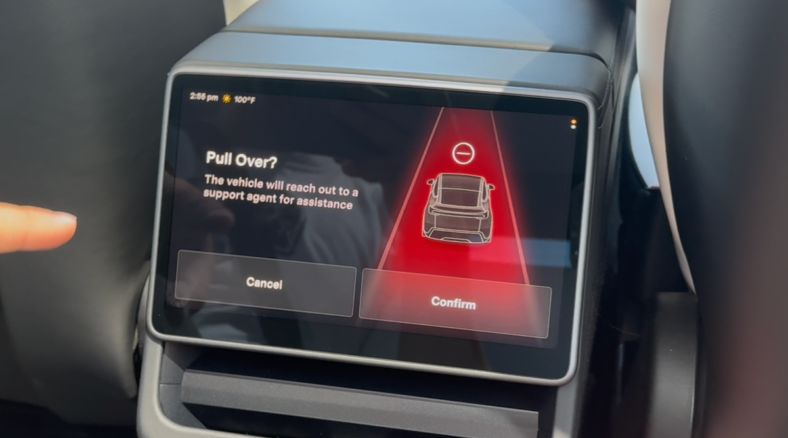
I was an early fan of Cruise (and wish GM hadn’t given up on it), and I really appreciate that soon enough we’ll have self-driving options for most of our routine journeys. I also like that these cars tend to be newer and cleaner than the typical Uber because they have to be charged and maintained by the rideshare company.
But most of all, I like the personal safety factor. No driver to threaten or harass you. You control the locking and unlocking of the car. You can change the pickup location at any time. The car will wait for you. You can call the support desk if you need help. You can change your destination if the drop-off area seems sketchy. All of it together makes me feel safer getting a car home from the airport at midnight or into the city after dark, and I definitely feel safer having my daughters take a self-driving rideshare when they go out to meet friends for dinner.
This is also what I appreciated about my Cruise rides in Austin: those were all at night (the service only operated from 8 PM -6 AM), and I was by myself. But it was the Uber stat that really shook me! Even though self-driving rideshare is in its infancy, it’ll mature and work the bugs out, like any technology. And in the end, we’ll all be safer.
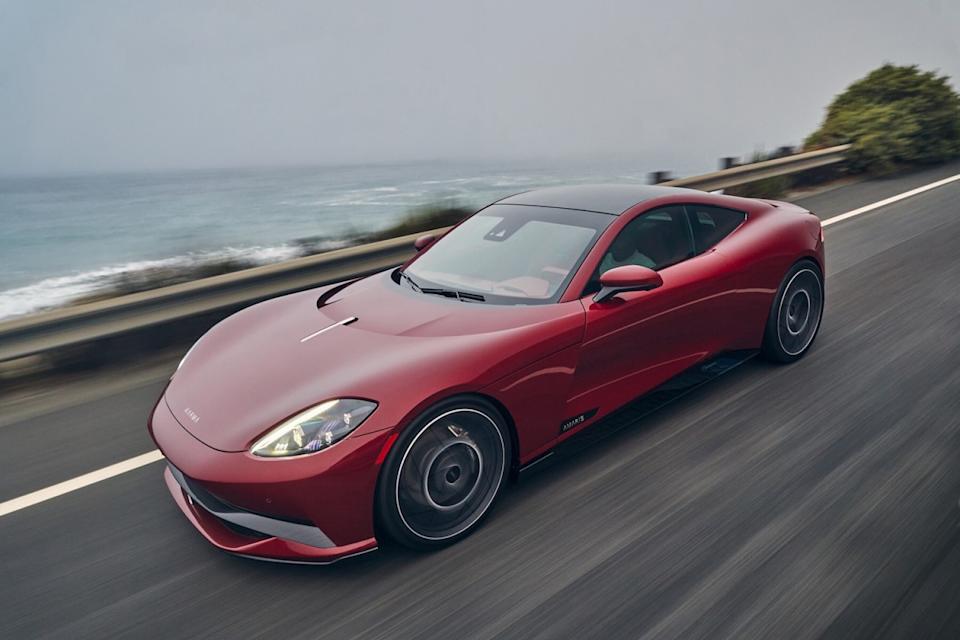


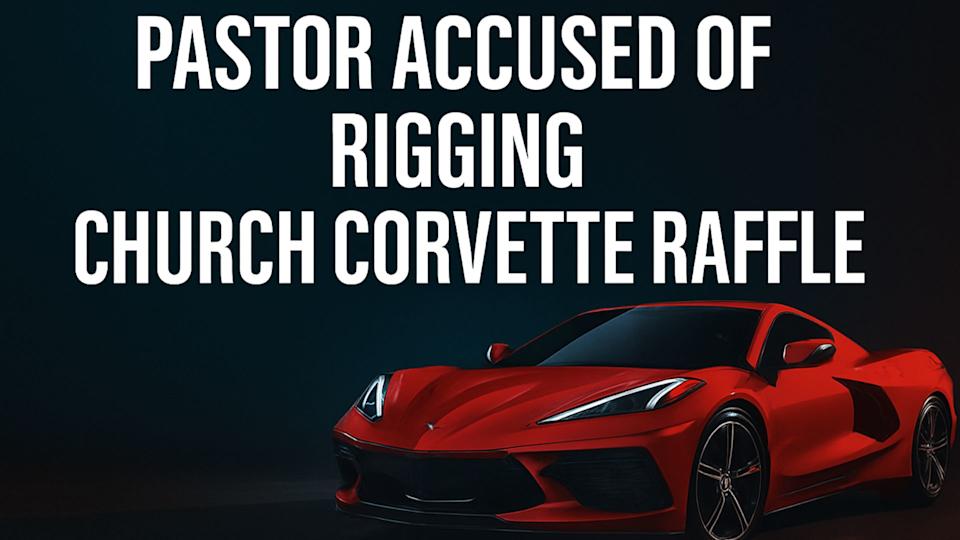

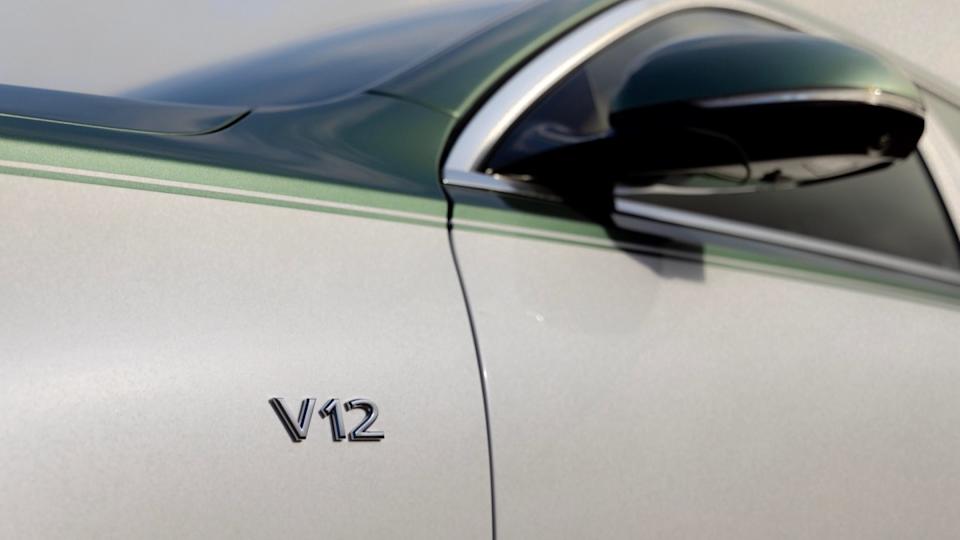
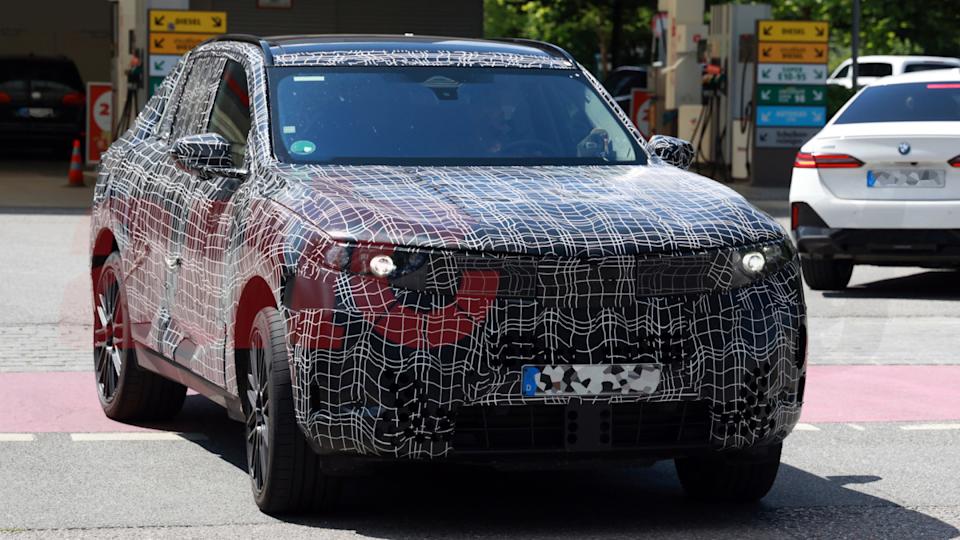
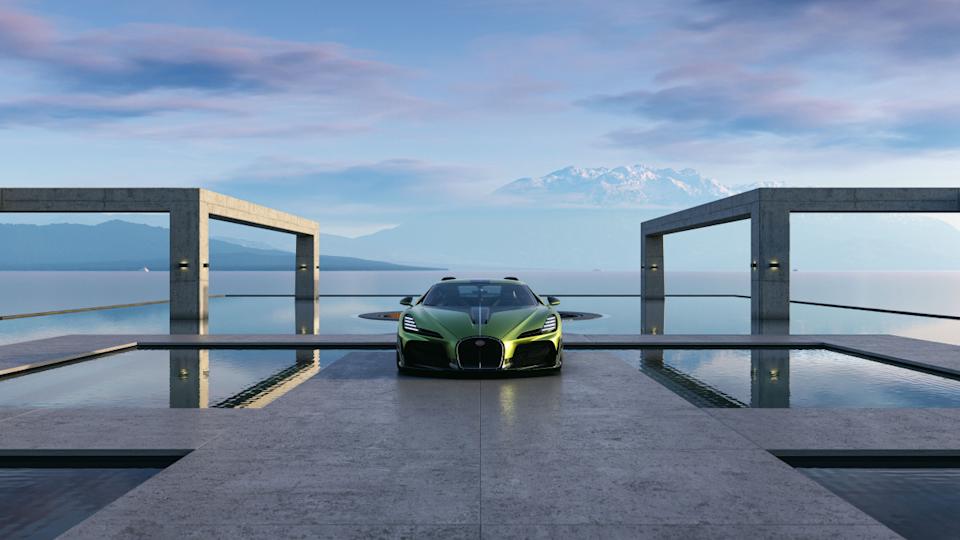
Comments